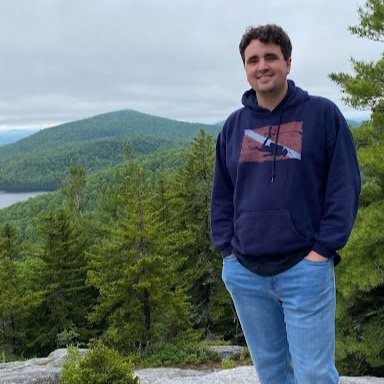The historical music, performing arts and cuisine are kept alive on a tiny resort island off the Japanese coast.
A Noh performance onstage on Sado Island. Yoshiyuki Ito, CC BY-SA 3.0
Feudal Japanese history gave rise to one of the most fascinating cultures in the world. Decades of relative isolation on the islands of Japan allowed for a completely unique society to blossom, and the resulting art, music and performance is incredible to behold. Although the world has largely moved on from the 18th century, there are still small pockets of society that try to keep those cultures alive. And there is no better place to see Japan as it once was than on Sado Island.
Sado Island was not always beautiful. In the beginning, it was used as a prison colony for political exiles from nearby Japan. Around 1601, however, the territory's rulers discovered a massive vein of gold running through the island. This naturally led to a gold rush, which jump started the population of Sado. The mine lasted for over 400 years, closing at last in 1989. After this, the population began to decline, and now the island has gone from a mining hub to a lush resort.
Today, Sado is a massive cultural hotspot. Throughout history, Sado Island was a crucial trading base on the way to Osaka—this resulted in a huge number of cultures leaving their mark on the land over centuries. Ancient Buddhist shrines and feudal Japanese temples share space across the island, as architecture from all eras fills in the gaps.
The city of Shukunegi, for instance, has been around for over 400 years—it was constructed during the beginning of the Edo era in the 1600s. Many of the buildings were actually built from wood and stone brought by or recycled from the trading ships themselves. Many of these structures are still standing today, packed tightly together to form blocks of houses.
However, the heart of Sado’s cultural preservation comes in the form of its performing arts and music. Noh, a traditional style of Japanese theater, is typically performed in shrines, with the audience sitting outside around bonfires. The stages are open on three sides, with the back featuring a painted image of pine trees. The lead performer typically wears a mask, fashioned after the leading characters of the play (although they are also used to denote spirits and demons). There is nothing in the world quite like Noh, and Sado Island is one of the best places to watch these magnificent performances in person.
Another example of classic Japanese culture on Sado Island is onidaiko, which literally translates as “demon drumming”. These performances include masked dancers and the famous music of Japanese taiko drumming, which was traditionally used to ward off negative energy and spirits during rice harvests. Taiko is most prominent during the Earth Celebration, which takes place in the middle of August every year and lasts for three days of music, performances, and culture. The Sado Island Taiko Centre, where visitors can see taiko drumming year-round, is home to two of the biggest taiko drums in the world.
In addition to its vibrant culture and rich history, Sado Island is a simply gorgeous natural vista. It boasts over 170 miles of coastline, with everything from nearly 100-foot cliffs and volcanic rock walls to lovely beaches. The island is also home to a wide variety of rare plants and animals, including the toki, also called the crested ibis, an extremely rare bird that has become the unofficial mascot of Sado. Even if you’re more in the market for nature than culture, there’s an incredible amount of both to be found on Sado.
Sado has a large number of hotels all over the island, ranging in price from $99 to $500. The island is a wonderful travel destination year-round, but the best time to go is mid-August in order to catch the Earth Celebration.
Ryan Livingston
Ryan is a senior at The College of New Jersey, majoring in English and minoring in marketing. Since a young age, Ryan has been passionate about human rights and environmental action and uses his writing to educate wherever he can. He hopes to pursue a career in professional writing and spread his message even further.


